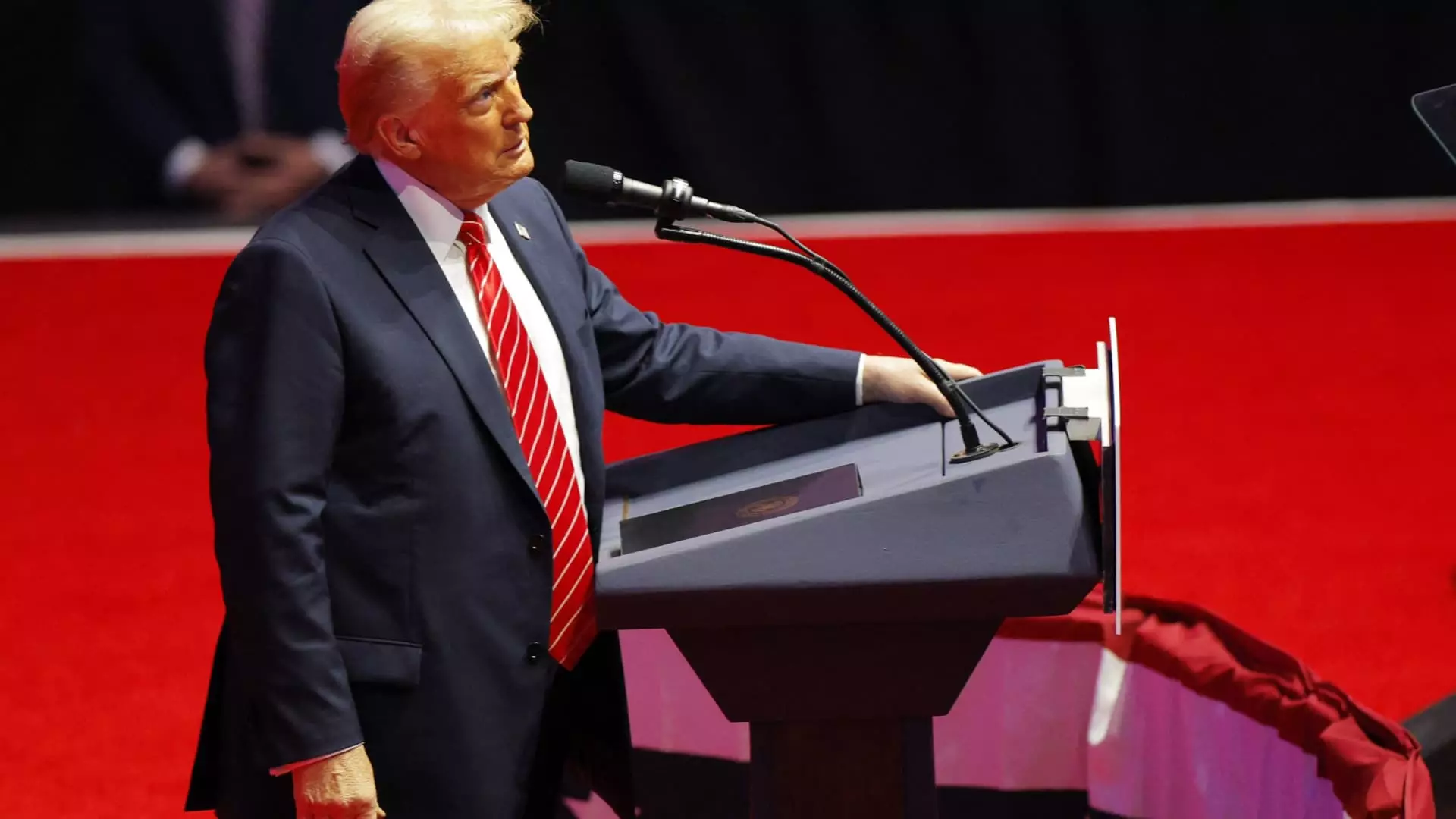As President-elect Donald Trump prepares to ascend to the presidency, speculation mounts regarding his economic policies, particularly concerning global trade. Historically characterized by his strong rhetoric about implementing tariffs, Trump’s initial actions suggest a tactical pivot towards a more analytical approach. On his first day in office, Trump is not expected to launch any immediate tariffs against U.S. trading partners. Instead, he plans to issue a comprehensive trade memorandum aimed at evaluating unfair trade practices and currency manipulation by countries such as China, Canada, and Mexico.
A Focus on Evaluation Rather than Action
This trade memorandum reflects a significant strategic decision: to investigate and assess rather than act impulsively. By directing federal agencies to study trade practices, Trump is allowing for a more structured examination of the issues at hand. This method may allow his administration to establish a robust foundation for future trade decisions, potentially leading to informed policies that could avoid the pitfalls of immediate punitive measures. It stands in stark contrast to his campaign’s aggressive tariffs rhetoric, which many feared would disrupt both the domestic economy and international trade relationships.
Reports indicate that Trump’s team has been considering a nuanced approach to tariffs, contemplating a tiered system where incremental increases could be implemented gradually over time. This represents a departure from his earlier stance of sweeping tariffs, such as the proposed flat 20% tax on all imports and a discouraging 60% tariff specifically on Chinese goods. Such escalating measures would have likely incited retaliatory economic responses globally, raising alarms among economists about the potential for escalating consumer prices and stifling economic recovery emerging from the disruptions caused by the pandemic.
The Economic Ramifications of Protectionist Policies
The concerns regarding Trump’s previously aggressive trade proposals are not unfounded. Economists widely warn that high tariffs can lead to increased costs for manufacturers, which would subsequently trickle down to consumers in the form of higher prices. This risk is particularly pertinent as the global economy works to rebound from the inflationary pressures witnessed during the pandemic. As anyone in the economic field can attest, implemented tariffs do not exist in a vacuum; they create a ripple effect that can destabilize markets and create chaos that affects all stakeholders.
President-elect Trump’s decision to prioritize a study of trade practices instead of immediately imposing tariffs marks a potentially significant shift in his trade policy narrative. While it’s too early to determine the long-term impacts of this change in direction, it suggests a willingness to engage in a more calculated approach to trade. Whether this will lead to beneficial outcomes for the American economy and its global standing remains to be seen, but it certainly lays the groundwork for a new chapter in U.S. trade relations.

